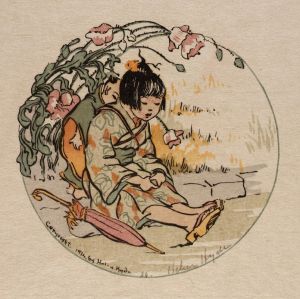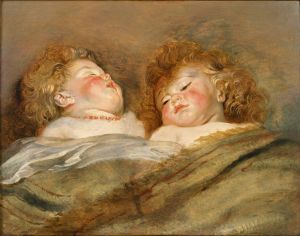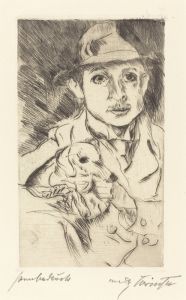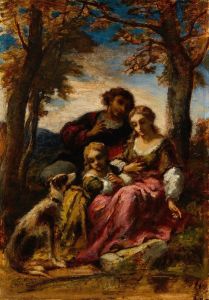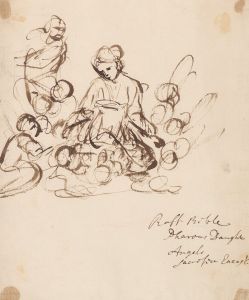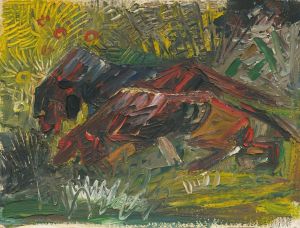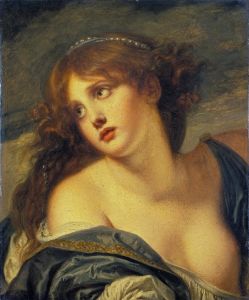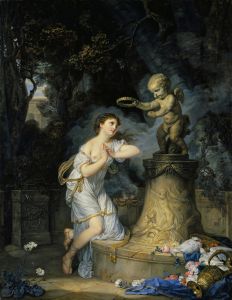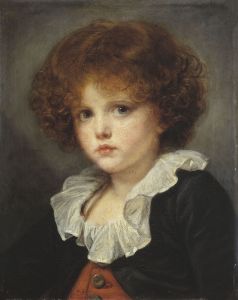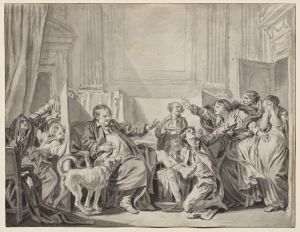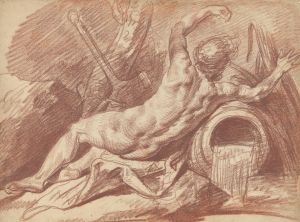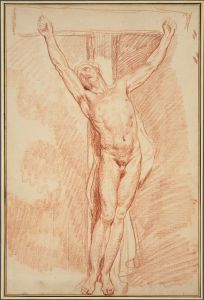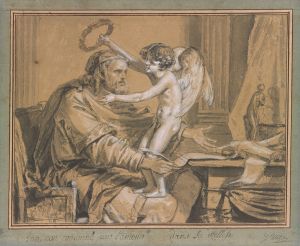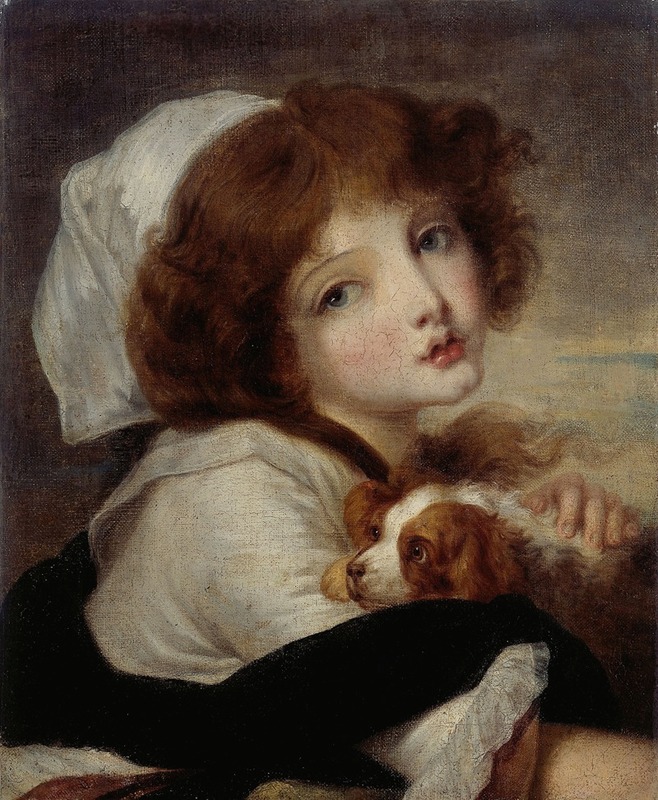
Portrait de fillette au petit chien
A hand-painted replica of Jean-Baptiste Greuze’s masterpiece Portrait de fillette au petit chien, meticulously crafted by professional artists to capture the true essence of the original. Each piece is created with museum-quality canvas and rare mineral pigments, carefully painted by experienced artists with delicate brushstrokes and rich, layered colors to perfectly recreate the texture of the original artwork. Unlike machine-printed reproductions, this hand-painted version brings the painting to life, infused with the artist’s emotions and skill in every stroke. Whether for personal collection or home decoration, it instantly elevates the artistic atmosphere of any space.
"Portrait de fillette au petit chien" (Portrait of a Little Girl with a Small Dog) is an exquisite painting by the renowned French artist Jean-Baptiste Greuze. Greuze, born on August 21, 1725, in Tournus, France, was a prominent figure in 18th-century French art, known for his genre paintings, portraits, and moralizing scenes. His works often depicted domestic life and were characterized by their emotional depth and meticulous attention to detail.
The painting "Portrait de fillette au petit chien" exemplifies Greuze's skill in capturing the innocence and charm of childhood. The artwork portrays a young girl, her delicate features rendered with great sensitivity and care. She is depicted holding a small dog, which adds a touch of warmth and intimacy to the composition. The girl's expression is tender and contemplative, suggesting a close bond with her pet.
Greuze's technique in this painting is notable for its soft, delicate brushwork and the subtle gradations of light and shadow. The artist's use of color is also masterful, with a palette that enhances the naturalism of the scene. The girl's rosy cheeks and the soft fur of the dog are rendered with a lifelike quality that draws the viewer into the intimate moment shared between the two subjects.
Jean-Baptiste Greuze was a student of Charles-Joseph Natoire at the Royal Academy of Painting and Sculpture in Paris. He gained early recognition for his talent and became a favorite among art patrons and collectors. Greuze's ability to convey emotion and narrative through his paintings made him a significant figure in the art world of his time.
"Portrait de fillette au petit chien" reflects the Rococo style that was prevalent during Greuze's career, characterized by its elegance, lightness, and attention to detail. However, Greuze's work also hints at the emerging Neoclassical style, with its focus on realism and moral themes. This painting, like many of Greuze's works, captures a moment of everyday life, elevating it to a subject worthy of artistic representation.
The painting is part of a larger body of work that includes other notable pieces such as "The Broken Jug" and "The Village Bride," which similarly explore themes of innocence, virtue, and the complexities of human relationships. Greuze's portraits, in particular, are celebrated for their ability to convey the personality and inner life of the sitter, making them more than mere representations of physical appearance.
"Portrait de fillette au petit chien" remains an important example of Greuze's contribution to the art of portraiture and his ability to capture the subtleties of human emotion. The painting continues to be admired for its technical excellence and the poignant connection it establishes between the viewer and the subjects depicted.
Jean-Baptiste Greuze's legacy as an artist is firmly established, and his works are held in high regard in museums and private collections around the world. "Portrait de fillette au petit chien" stands as a testament to his skill and his enduring ability to touch the hearts of those who view his art.





